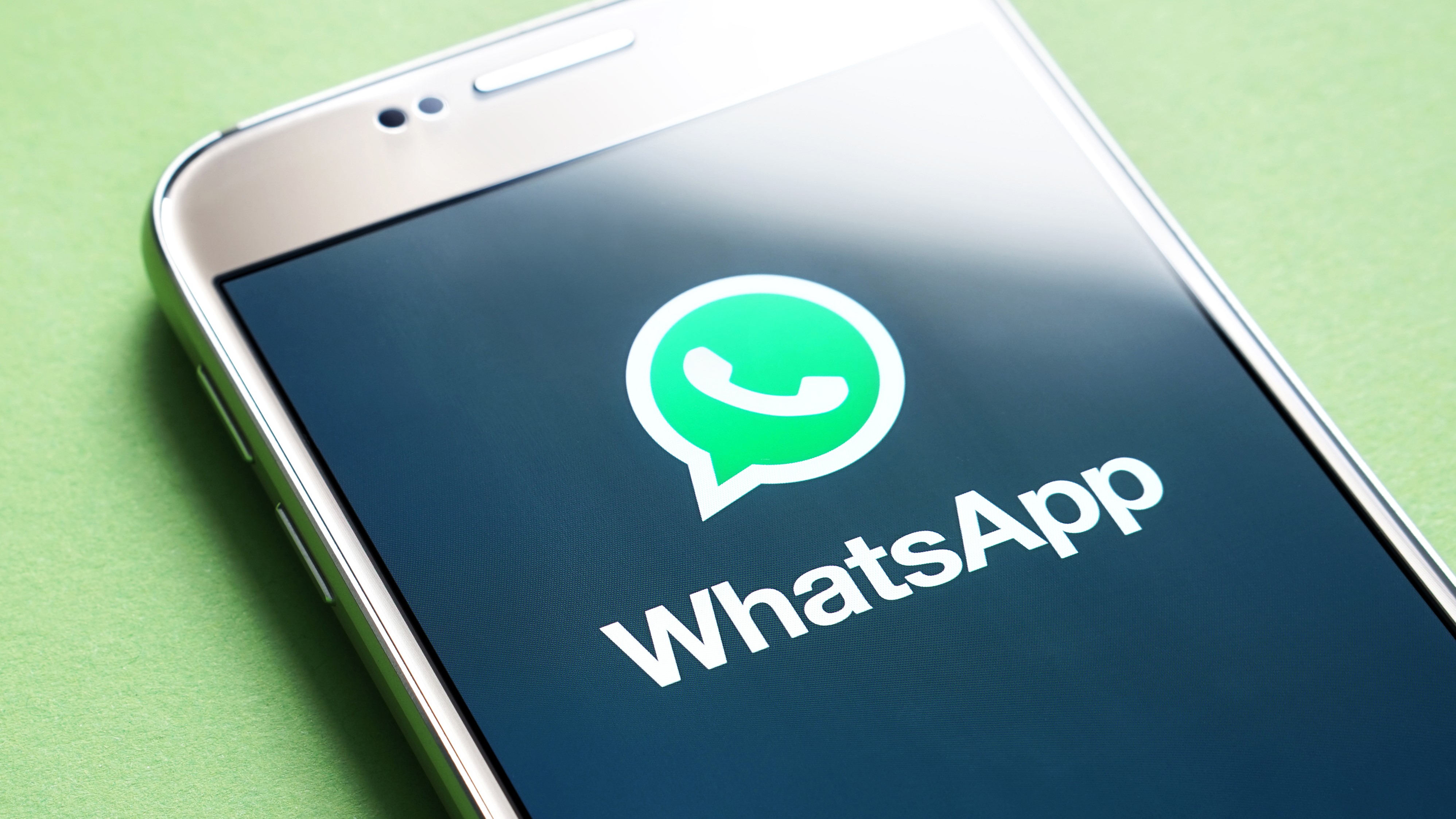WhatsApp's new coronavirus hub is a one-stop shop for facts on the pandemic

With the coronavirus pandemic wreaking havoc around the world, people are desperately seeking information about what is going on and how to stay safe. Unfortunately, there's a huge amount of false information out there. Some is malicious, while some is just unfounded rumours that manage to grow legs.
Misinformation spreads particularly easily on social media, so WhatsApp has launched a new coronavirus hub to help provide people with simple, factual information and advice. It also provides tips about how best to use WhatsApp during the pandemic, focusing primarily on helping prevent the spread of unsubstantiated rumors.
- Find out how to get WhatsApp dark mode
- Finally, WhatsApp is bringing back self-destructing messages
- You can also get Facebook dark mode
The first piece of advice is to use WhatsApp group chats, voice and video calls to keep in touch with friends and family – something people in quarantine or who are self-isolating need to consider. But even when using the platform, WhatsApp advises thinking carefully about what you share.
The company stresses the importance of checking that coronavirus-related stories and information you share are accurate, suggesting that you verify facts with official sources or fact checkers. The advice is: "If you aren't sure something's true, don't forward it".
Stay informed, stay safe
The hub includes specific advice for a number of different groups, explaining how WhatsApp can be used to inform and communicate with communities.
Health care professionals, educators, nonprofits, local government and local businesses are all singled out for attention. WhatsApp is working with WHO and UNICEF to provide messaging hotlines. Over time, the portal will be used to share details of these helpful numbers.
WhatsApp also shares heartwarming stories from the world showing how people in different countries are using the messaging tool to overcome some of the difficulties coronavirus has introduced into their daily lives.
Sign up for breaking news, reviews, opinion, top tech deals, and more.
The hub is online now, and all its content is available free.
Via TechCrunch

Sofia is a tech journalist who's been writing about software, hardware and the web for nearly 25 years – but still looks as youthful as ever! After years writing for magazines, her life moved online and remains fueled by technology, music and nature.
Having written for websites and magazines since 2000, producing a wide range of reviews, guides, tutorials, brochures, newsletters and more, she continues to write for diverse audiences, from computing newbies to advanced users and business clients. Always willing to try something new, she loves sharing new discoveries with others.
Sofia lives and breathes Windows, Android, iOS, macOS and just about anything with a power button, but her particular areas of interest include security, tweaking and privacy. Her other loves include walking, music, her two Malamutes and, of course, her wife and daughter.